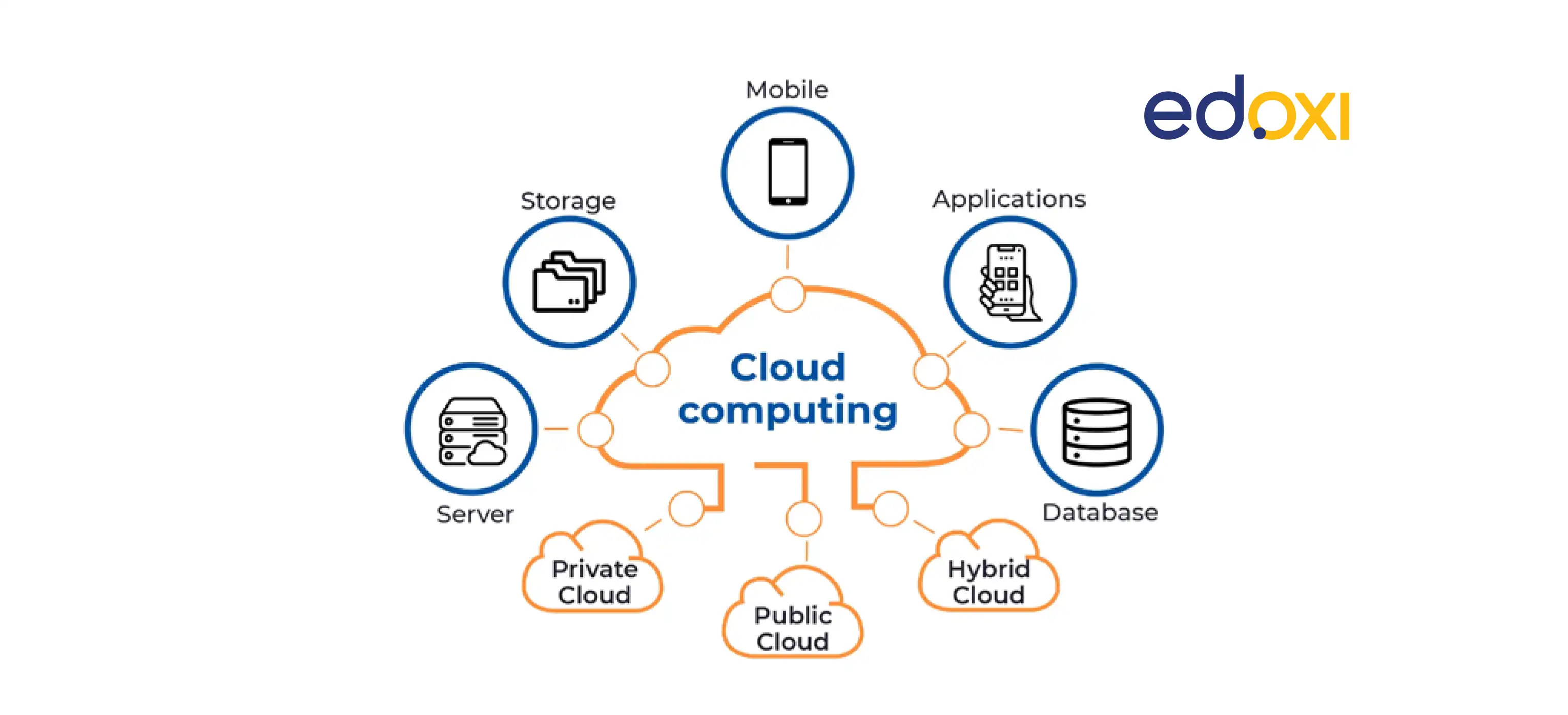Simplify Your Framework With Cloud Services
As organizations navigate the ever-evolving landscape of modern technology and information monitoring, the role of cloud services in simplifying infrastructure has ended up being progressively prominent. The attraction of streamlined processes, improved efficiency, and enhanced source allotment via cloud services is obvious. The trip in the direction of an extra dexterous and economical IT infrastructure entails more than just migrating to the cloud. It requires a tactical method and a deep understanding of the nuances of cloud adoption. How can services successfully navigate this change and truly open the potential of cloud solutions for streamlining their infrastructure?
Advantages of Cloud Provider
Cloud services supply a streamlined method to handling IT framework, giving companies with scalability, cost-efficiency, and adaptability. One of the vital advantages of cloud services is the scalability they use.
Furthermore, cloud solutions eliminate the need for businesses to spend in costly hardware and software. This cost-efficiency is a considerable advantage, especially for tiny to medium-sized enterprises wanting to minimize ahead of time prices. By using cloud solutions, companies can access high-quality IT sources without the significant price connected with standard facilities setups.
In addition, cloud solutions supply organizations with the adaptability to access their information and applications from anywhere with a web connection. This level of access boosts partnership amongst teams, allows remote work, and increases overall efficiency. The versatility provided by cloud solutions encourages companies to adapt quickly to altering market conditions and customer demands.
Cost Savings and Scalability
In enhancement to the functional advantages highlighted earlier, the integration of cloud services right into a business's framework produces substantial price savings and boosted scalability. Cloud services use a pay-as-you-go design, allowing services to scale sources up or down based on present needs, consequently avoiding the prices related to preserving excess ability. This versatility allows business to adjust quickly to changing demands without incurring unneeded costs.
Additionally, cloud services eliminate the demand for in advance investments in equipment and software program, reducing capital investment. General expenses are also decreased as business no longer require to handle and maintain physical servers, resulting in lower power intake and IT staffing costs. In addition, cloud solutions give automated updates and maintenance, making sure that the infrastructure remains safe and updated without requiring hand-operated treatments.
Enhanced Protection Steps
Applying strict protection measures is vital when integrating cloud services right into a business's infrastructure to protect sensitive information and ensure conformity with sector policies. Cloud service providers use boosted protection features such as information file encryption, firewall security, and multi-factor authentication to minimize cybersecurity threats.
Furthermore, normal security audits and compliance analyses help identify vulnerabilities and make sure adherence to industry requirements. Business can also gain from attributes like automated protection updates and real-time More about the author threat tracking offered by cloud company. By prioritizing safety steps and staying aggressive in dealing with prospective threats, companies can with confidence utilize cloud services while safeguarding their valuable data from unauthorized accessibility or breaches.
Transitioning to Cloud Framework
To efficiently incorporate cloud services right into a firm's infrastructure, a structured approach that addresses the shift in the direction of cloud-based services is essential. Transitioning to cloud framework entails careful preparation and implementation to make sure a smooth movement process. The initial step is to evaluate the current infrastructure and determine which systems and applications appropriate for migration to the cloud. This analysis needs to think about elements such as data sensitivity, compliance requirements, and efficiency needs.
When the analysis is full, a migration strategy should be established. This approach needs to lay out the timeline, resources, and obligations for moving each part to the cloud. It is crucial to connect this plan clearly to all stakeholders to guarantee alignment and decrease disturbances throughout the transition.
Throughout the movement surveillance, screening and procedure are essential to determine and address any type of problems without delay. Normal checkpoints need to be established to track development and make necessary adjustments. In addition, training for employees on using cloud services should be offered to make sure a successful shift and take full advantage of the benefits of the new infrastructure.
Finest Practices for Cloud Adoption
Successful fostering of cloud services rests on the critical placement of business goals with technological capabilities and organizational preparedness. To make sure a smooth transition to the cloud, organizations must begin by performing an extensive assessment of their present framework and recognizing which work are best matched for cloud movement. It is critical to entail crucial stakeholders from different divisions in the decision-making process browse around this web-site to get buy-in and attend blog to any kind of issues early on.
An additional best method for cloud fostering is to prioritize safety and conformity. Organizations must very carefully evaluate the safety and security procedures supplied by cloud provider and make certain that their data is shielded according to sector standards and governing requirements. Applying robust information file encryption, gain access to controls, and normal protection audits can assist minimize threats linked with cloud adoption.

Verdict

As companies navigate the ever-evolving landscape of modern technology and information monitoring, the function of cloud solutions in simplifying framework has actually become increasingly noticeable - Cloud Services. Exactly how can businesses successfully browse this transition and absolutely open the capacity of cloud services for simplifying their infrastructure?
Cloud services offer a streamlined technique to handling IT framework, offering businesses with adaptability, cost-efficiency, and scalability. By utilizing cloud services, organizations can access top quality IT resources without the hefty cost tag connected with typical facilities setups.
To guarantee a smooth shift to the cloud, companies need to start by carrying out an extensive evaluation of their present framework and recognizing which work are best matched for cloud movement.